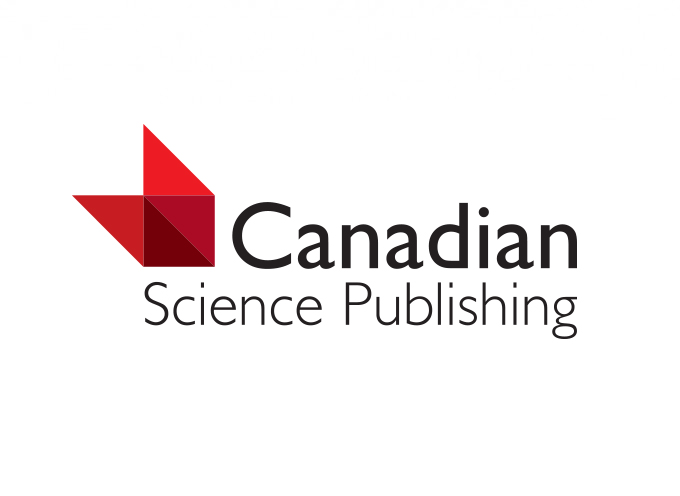
Clarivate Plc, today released a new report, A study of energy in transition: the role of research and innovation in the world’s shift to sustainable energy sources. It finds that innovation activity in the sustainable energy space is tailing off, as research and inventive activities for respective renewable develops at different paces. This finding is based on Clarivate data normalized for overall increases in scientific journal and patent output increases globally in all subject areas.
According to the report, solar photovoltaic and wind power, two of the eight categories of renewable energy sources based on the EU Sustainable Finance Taxonomy, have seen the greatest volume of research and inventive activity in the past three decades, but that activity is tailing off i. This indicates that the two sustainable energies approached development maturity, where the most complex technological issues and challenges have been solved.
Oceanic power generation currently falls within the immature scale of the report’s sustainable energy sources maturity index,ii despite oceanic power, with its high energy density, being seen as one of the most promising sustainable energy sources if fully harnessed.
From a geographic perspective, Mainland China tops global research and innovation output in renewable energy sources, strengthening its international stature as a research and innovation powerhouse. While the United States and Mainland China are closely matched in terms of cumulative scientific research output for renewable energy sources, Mainland China’s cumulative inventive activity for renewable energy sources far exceeds that of the U.S. Patent activity for renewable energy in Mainland China is, however, not keeping pace with overall Mainland Chinese patent activity, which is accelerating.iii This supports the report’s analysis that research and innovation activity in the sustainable energy space is tailing off.
“This study is part of our contribution towards the UN Sustainable Development Goal 9: Industry, Innovation and Infrastructure. It looks at the relationship between global research and innovation in the roll out and development of sustainable energy sources. It identifies current gaps, trends and needs of further research concentration, while looking at where capabilities lie, by sustainable energy source and geography,” said Tiffani Shaw, Chief of Staff and Sustainability Sponsor, Office of the CEO, Clarivate.
Other key findings of the report include:
- Renewable non-fossil fuels, which include green hydrogen, have experienced among the lowest level of inventive and foundational research activity to date.
- Top five countries/regions for inventive impact: Mainland China, Saudi Arabia, Canada, United States and Switzerland iv. India has made great strides, with the highest increase in inventive strength.
- Top five countries/regions for top 1% citation impact in scientific articles: Australia, Switzerland, Netherlands, Saudi Arabia and Canada.
Ed White, Chief Analyst and VP, IP and Innovation Research at Clarivate said, “Securing a habitable, sustainable planet for future generations is one of the world’s most pressing concerns. Our study provides innovation intelligence to bridge the information gap between ambition and action – so that funders, corporations, governments and researchers can better understand the state of the current research and innovation ecosystem for renewable energy sources and its likely future shape. In doing so, we enable them to support decision making to accelerate the shift to sustainable energy.”
White concluded, “The current energy crisis has added a sense of urgency to the world’s efforts to transition to sustainable energy. Policy makers can take the answers uncovered by the world’s scientists and match their governments’ sustainable energy ambitions with tangible action. At Clarivate, our broad range of curated insights – from scientific and academic research to IP intelligence – coupled with deep analytical expertise, can help the world make sense of complex issues, such as the state of our world’s transition to sustainable energy sources, providing answers for the way forward to a better, sustainable energy-powered future.”
























